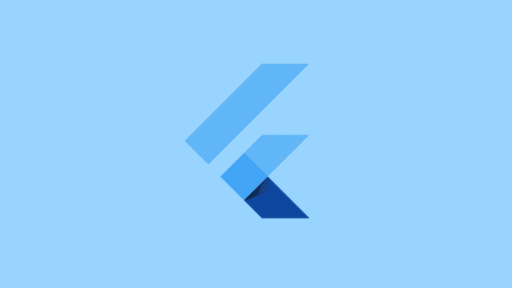In this blog post, we will explore how to set a background image in Flutter. This is a common task when building mobile applications using the Flutter framework.
Setting Background Image with Container
When it comes to setting a background image in Flutter, one of the most straightforward approaches is to use a `Container` widget as the body of your app’s layout. Here’s an example code snippet that demonstrates how to achieve this:
class BaseLayout extends StatelessWidget{
@override
Widget build(BuildContext context){
return Scaffold(
body: Container(
decoration: BoxDecoration(
image: DecorationImage(
image: AssetImage("assets/images/bulb.jpg"),
fit: BoxFit.cover,
),
),
child: null /* add child content here */,
),
);
}
}
In this code snippet, we’re using the `Container` widget to set a background image for our app’s layout. The `DecorationImage` widget is used to specify the image source and its fit type. In this case, we’re using `BoxFit.cover` to ensure that the entire screen is filled with the background image.
Understanding Container Size
One important thing to note when using a `Container` as the body of your app’s layout is that its size will be determined by its child widget. This means that if you add content to the `Container`, it will expand to accommodate that content, which may not be what you want when trying to set a background image.
Using Stack for Background Image
A better approach is to use a `Stack` widget instead of a `Container`. This allows you to position your background image behind any other widgets in the layout. Here’s an example code snippet that demonstrates how to achieve this:
@override
Widget build(BuildContext context) {
return new Scaffold(
body: new Stack(
children: <Widget>[
new Container(
decoration: new BoxDecoration(
image: new DecorationImage(image: new AssetImage("images/background.jpg"), fit: BoxFit.cover,),
),
),
new Center(
child: new Text("Hello background"),
)
],
)
);
}
In this code snippet, we’re using a `Stack` widget to position the background image behind any other widgets in the layout. This ensures that the background image remains visible even when adding content on top of it.
Conclusion
Setting a background image in Flutter can be achieved through various approaches. Using a `Container` as the body of your app’s layout is one option, but using a `Stack` widget provides more flexibility and control over the layout. By understanding how to use these widgets effectively, you can create visually appealing mobile applications with beautiful backgrounds.





